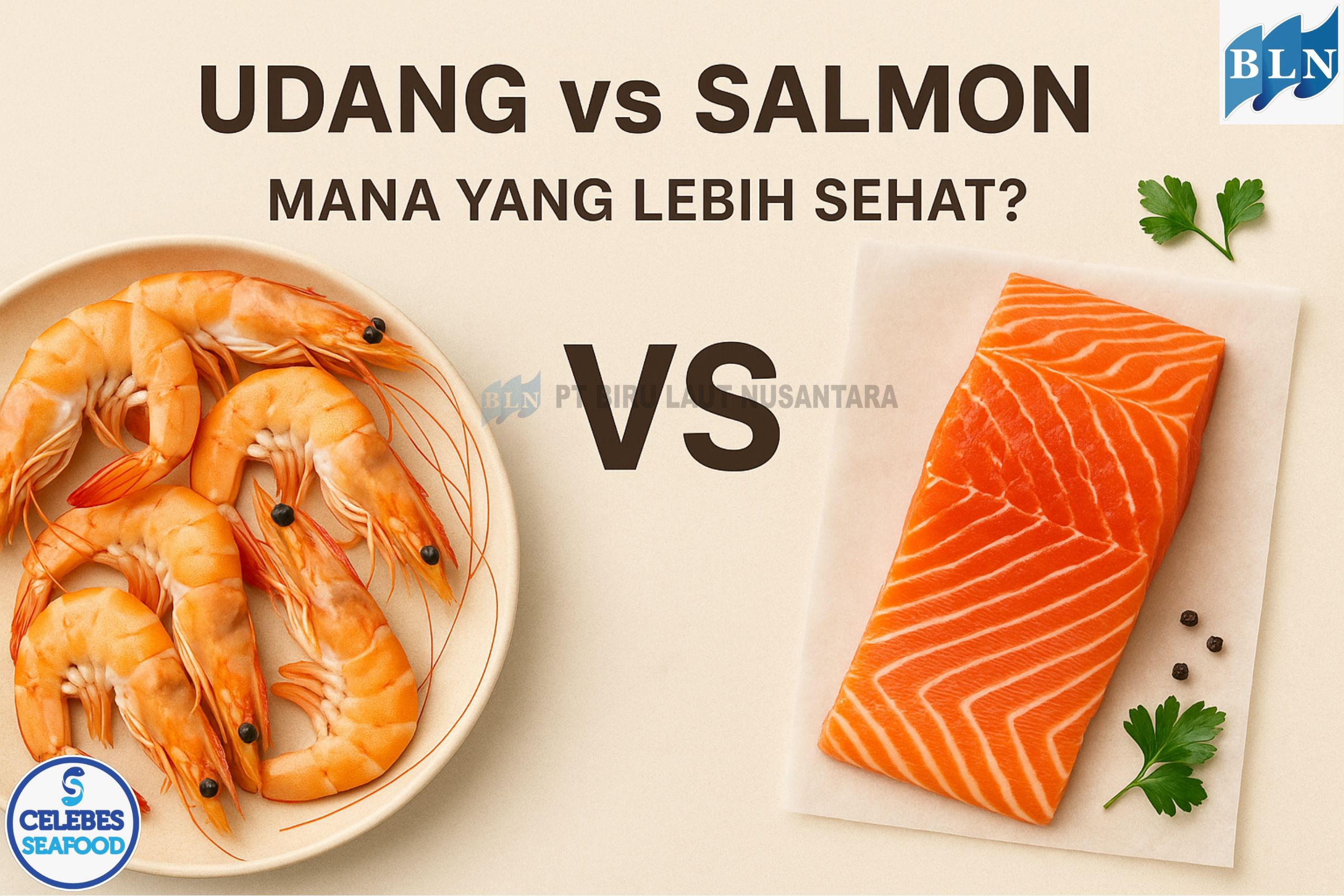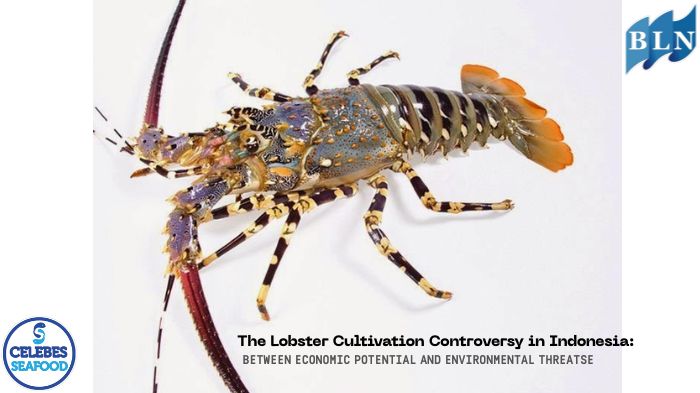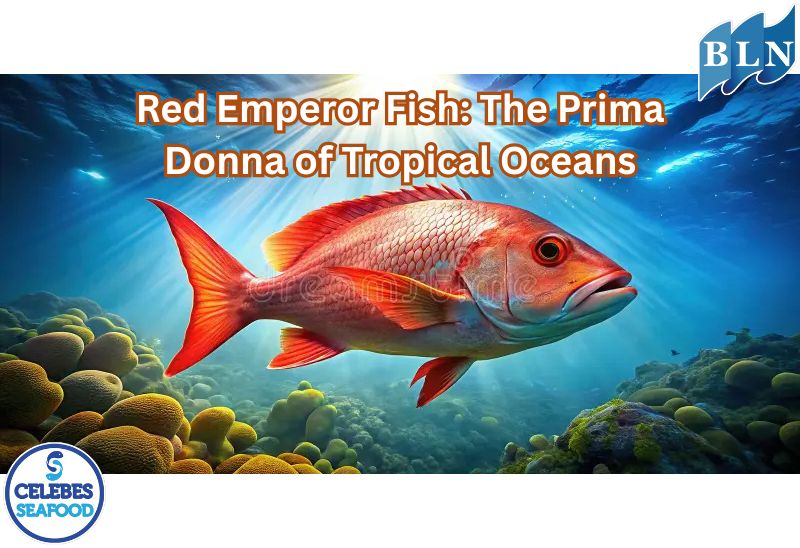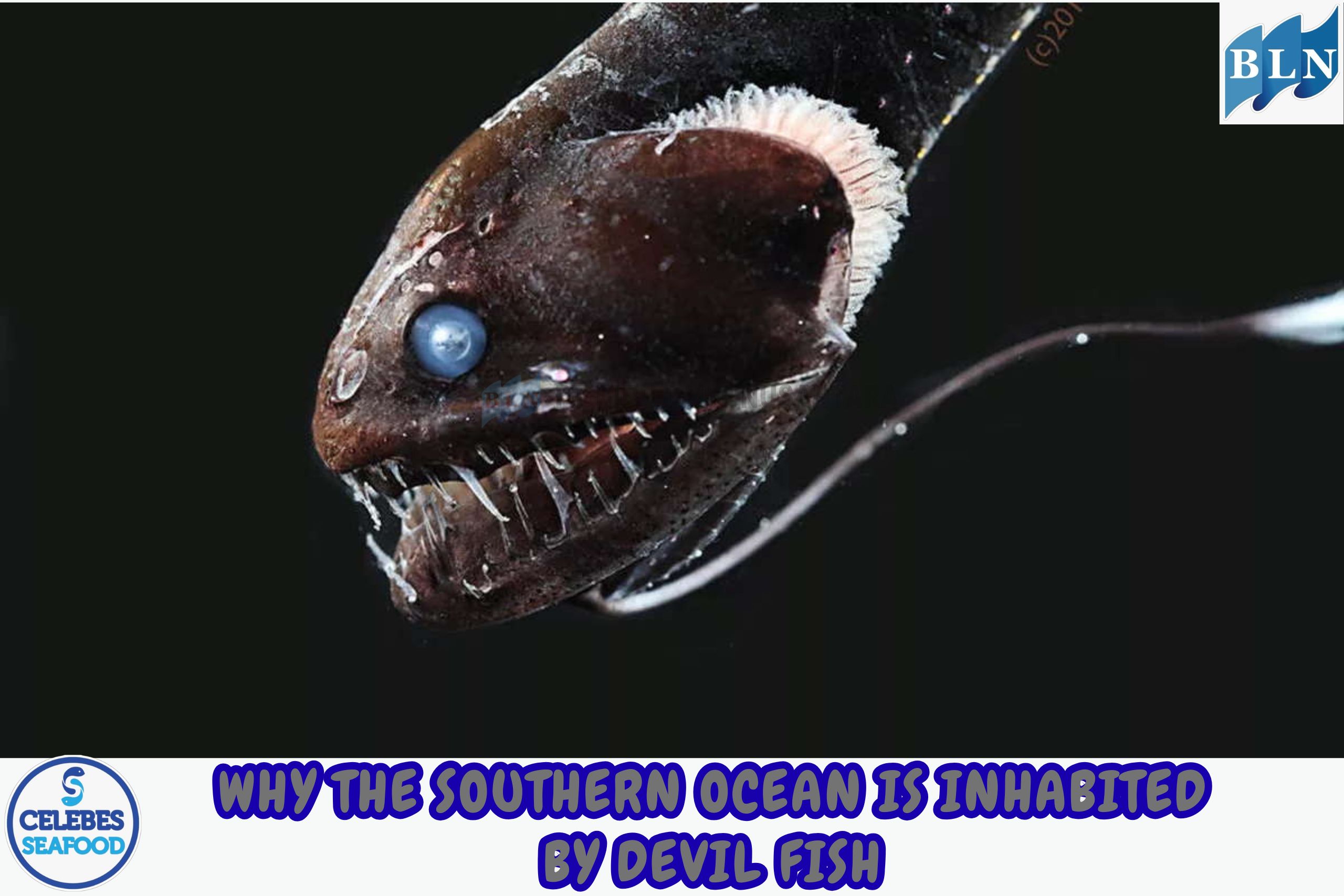Squids: The Smart Little Ones from the Deep Sea
By. Rani - 04 Jun 2025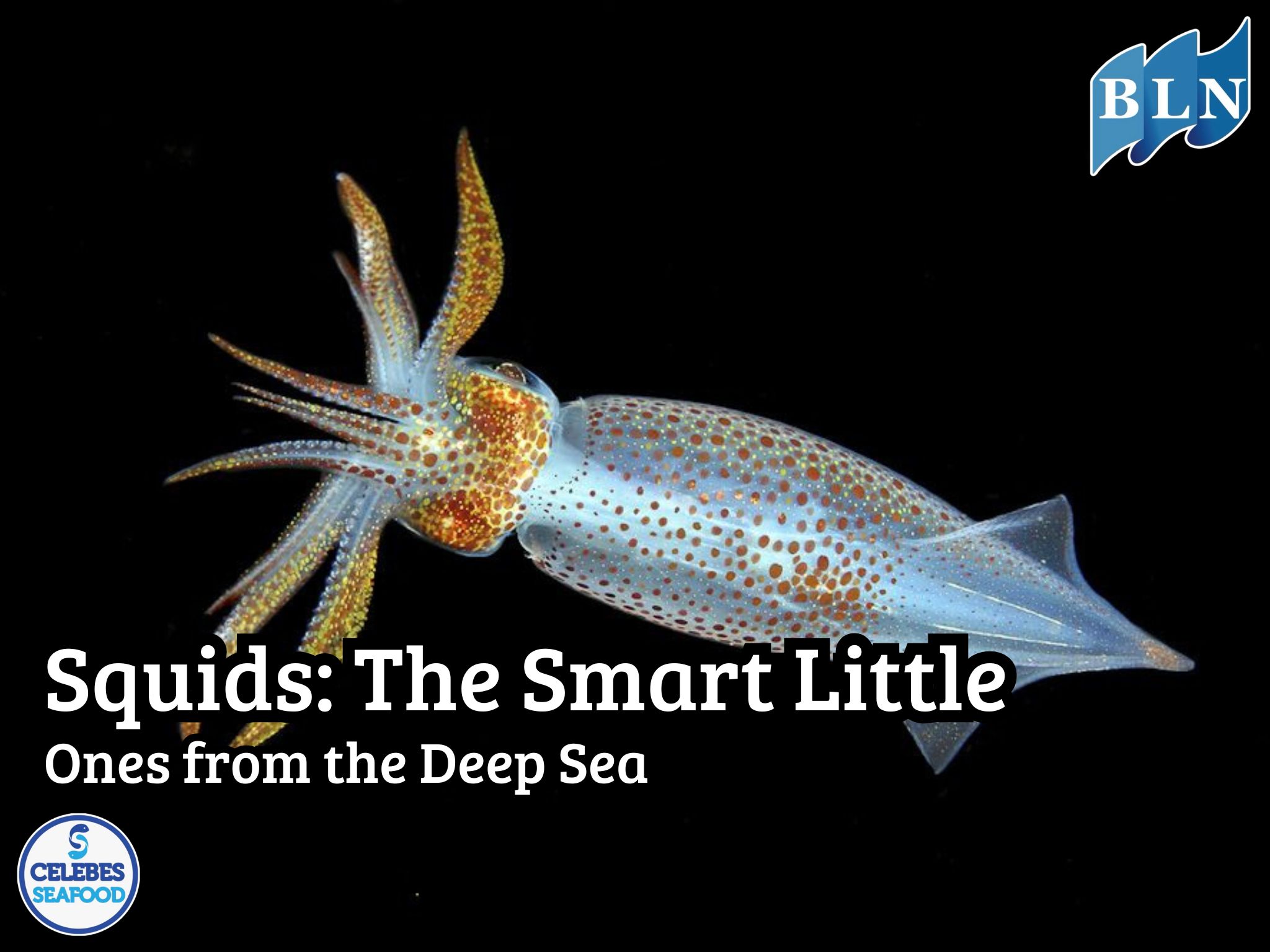
lautnusantara.com Perhaps this creature is mostly known as a delicious food, widely sold at roadside eateries. But did you know that this animal is also famous among sea lovers and diving enthusiasts for its unique characteristics? Or did you know that it's also known as a remarkably intelligent creature?
Squid are large cephalopod animals, a type of mollusk that lives in the sea. The name cephalopod comes from Greek words meaning "head-foot," because their feet are separated into several arms encircling their head, making it seem as if they walk with their heads. Like all cephalopods, squids are distinguished by having a distinct head. And squids are also among the invertebrate (boneless) animals.
Some squids live in quite deep oceans. One type of deep-sea squid is "Heteroteuthis," which has the ability to emit light. The organ that produces this light is located at the end of a long protrusion extending from the front. Heteroteuthis squirts a large amount of luminous fluid when it feels threatened, a process similar to how regular squids squirt ink.
Generally, squids are about 5.1 cm in size. However, there's a type of squid called Architeuthis princeps, or the giant squid, which can grow to over 15 meters. These giant squids are often found beached along the coast of Newfoundland. The squid commonly consumed by humans is the Loligo pealei species, found in the waters of the Mediterranean Sea, East Asia, and along the eastern coast of North America.
Read To : Diversity and Pathogenicity of Vibrio sp. in Vannamei Shrimp Ponds
There's also a type of flying squid, Ommastrephes bartrami, comparable to flying fish. These animals often leap out of the water, especially in bad weather, and sometimes end up on the decks of fishing boats. Small squid species don't bother humans, but large ones can be a dangerous threat to divers. There are about 300 different species of squid distributed across the globe.
All squids have a tube-shaped body, a well-developed head, and 10 long arms shaped like suction cups. These arms are used to ensnare prey, which is then torn apart using their strong jaws, similar to a bird's beak. Squids suck water into their central body cavity, the mantle cavity, and force it out through a flexible tube called a siphon. This siphon is located just behind their arms or tentacles. The jet of water expelled through the siphon is what allows squids to swim and propel themselves backward.
A squid's fins are two lobe-like extensions of the mantle used for steering. Their eyes have no eyelids but appear similar to human eyes. Squids have three hearts and blue blood. Two of their hearts are located near each of their gills, allowing them to easily pump oxygen to the resting parts of their bodies.
Many squids can change their body color into various hues. They use this as camouflage to avoid predators and to deceive their prey. The predators of this intelligent creature are larger marine animals, including the largest mammal on Earth, the whale. Conversely, squids (or squid fish) eat all marine creatures smaller than themselves.
Squids lay their eggs, which can number in the hundreds, on relatively open coral reefs before they are fertilized by the male. During the fertilization process, the female stays alert to ensure the process runs smoothly.
According to data from the Food and Agricultural Organization (FAO), the total mollusks caught for commercial purposes in 2002 was 3,173,272 tons, and 75.8% of that amount was edible squid. This is due to the good nutritional content of squid for humans, including selenium, riboflavin, and vitamin B12. Some people also believe that squid ink can prevent cancer, although intensive medical tests have not yet been conducted.
If you are interested in our SLIPPER LOBSTER MEAT, SLIPPER LOBSTER WHOLE ROUND please do not hesitate to contact us through email and/or whatsapp.
